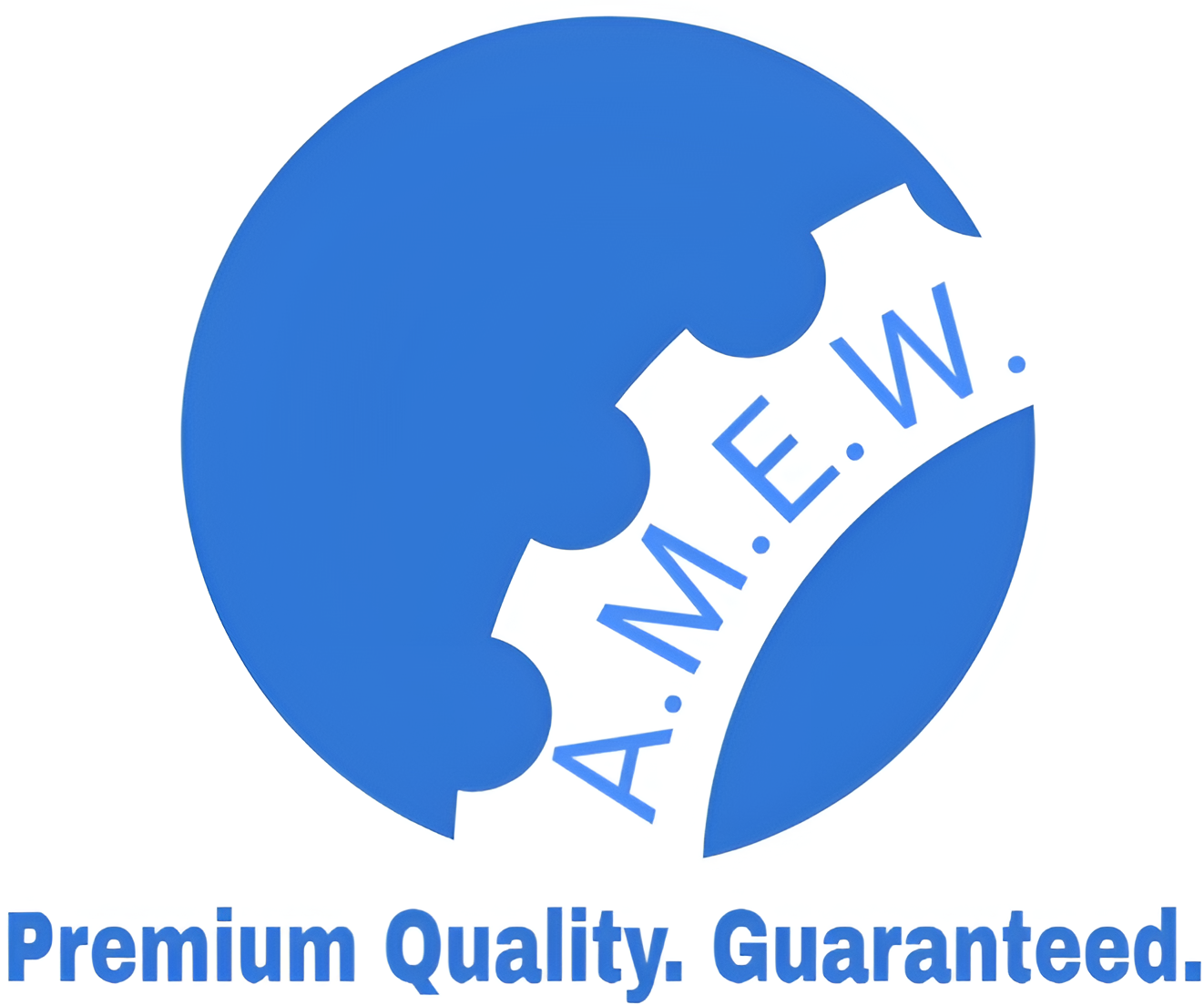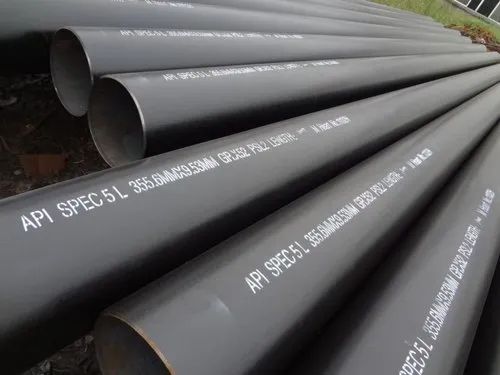Description
API 5L ERW Pipe Manufacturers in India
Table of Contents
- Introduction to API 5L ERW Pipe
- What is Electric Resistance Welding (ERW)?
- API 5L ERW Pipe Construction Techniques
- DSAW
- LSAW
- How ERW Works in API 5L Pipe Manufacturing
- Welding Categories in API 5L ERW Pipe
- Spot Welding
- Projection Welding
- Seam Welding
- Flash Welding
- Factors Influencing ERW Weld Quality
- Applications of API 5L ERW Pipe
- HIC (Hydrogen Induced Cracking) and API 5L Welded Pipe
- API 5L ERW Pipe Grades and Sizes
- Advantages of ERW Welding for API 5L Pipes
- API 5L Welded Pipe Suppliers in India
1. Introduction to API 5L ERW Pipe
API 5L is a specification established by the American Petroleum Institute (API), covering seamless and welded pipelines for oil and gas transportation. Among these, API 5L ERW pipes are a popular choice due to their cost-efficiency and manufacturing flexibility. ERW (Electric Resistance Welding) is a method that joins metals by applying heat from electric currents, creating a permanent bond between the parts. API 5L ERW pipes are widely used for transportation pipelines in industries like oil and gas, water distribution, and construction.
2. What is Electric Resistance Welding (ERW)?
Electric Resistance Welding (ERW) is a technique that produces high-quality welded steel pipes by passing electric current through the metal to heat the edges, which are then pressed together to form a joint. The process is efficient, reducing the need for filler materials and producing clean, smooth welds. ERW is primarily used in manufacturing pipelines that transport fluids and gases over long distances, especially for API 5L welded pipes.
3. API 5L ERW Pipe Construction Techniques
ERW pipes are just one type of welded pipe manufacturing technique under the API 5L standard. Other notable techniques include:
- DSAW (Double Submerged Arc Welding): Used for large-diameter pipes.
- LSAW (Longitudinal Submerged Arc Welding): Preferred for high-strength, thick-walled pipes in critical applications.
Both techniques offer advantages for specific requirements, but ERW is valued for its efficiency, especially in creating pipes with smaller diameters.
4. How ERW Works in API 5L Pipe Manufacturing
In the ERW process, steel strips or sheets are formed into cylindrical shapes. Electrical currents are passed through the seam, generating heat at the edges and causing them to fuse together. The heat generated at the faying surfaces creates a weld seam that, upon cooling, forms a solid and continuous bond. The pipe undergoes finishing processes to ensure smoothness and accuracy.
5. Welding Categories in API 5L ERW Pipe
ERW welding can be classified into different categories based on how the pressure is applied and the geometry of the weld. These include:
- Spot Welding: Creates small welds at specific points along the material.
- Projection Welding: A variation of spot welding where projections are formed before welding.
- Seam Welding: Used to create continuous welds, commonly used in pipe manufacturing.
- Flash Welding: Uses a flashing arc to heat the metal before joining.
6. Factors Influencing ERW Weld Quality
Several factors affect the quality and strength of the API 5L Carbon Steel ERW Pipe welds, including:
- Workpiece Dimensions: The size and shape of the material influence how the weld is performed.
- Coatings: Coated surfaces may require adjustments in temperature and welding pressure.
- Electrode Geometry: The shape and material of the electrode affect current distribution.
- Pressing Force: The pressure applied by the electrode must be carefully controlled.
- Current and Time: The duration and amount of current passed through the materials impact the weld’s strength and integrity.
7. Applications of API 5L ERW Pipe
ERW pipes are commonly used in:
- Oil and Gas Pipelines: Transporting crude oil, natural gas, and refined products.
- Water Distribution: Delivering water over long distances in municipal systems.
- Construction: Structural applications in building infrastructure, such as bridges and pipe racks.
- Automobile Industry: Used in vehicle body assembly.
8. HIC (Hydrogen Induced Cracking) and API 5L Welded Pipe
Hydrogen Induced Cracking (HIC) is a type of failure common in environments with wet hydrogen sulfide (H2S). It occurs when hydrogen penetrates the steel and causes blistering. To prevent this, HIC-tested API 5L welded pipes undergo rigorous testing to ensure resistance against such cracking, making them suitable for sour service environments in the oil and gas industry.
9. API 5L ERW Pipe Grades and Sizes
API 5L ERW pipes come in several grades to meet different performance criteria. Popular grades include:
- X42, X46, X52, X56, X60, X65, X70: These grades indicate the minimum yield strength in thousands of PSI.
Pipes are available in various sizes and thicknesses, typically ranging from 1/2 inch to 26 inches in outer diameter.
10. Advantages of ERW Welding for API 5L Pipes
- Cost-Efficiency: ERW is an economical manufacturing process with minimal material wastage.
- High-Speed Production: The method allows for mass production, making it ideal for large-scale infrastructure projects.
- Cleaner Welds: Compared to other welding techniques, ERW produces smooth, high-quality welds with no filler materials.
- Environmental Benefits: The process generates low levels of pollution and energy waste.
11. API 5L Welded Pipe Suppliers in India
India is home to many API 5L ERW pipe manufacturers and suppliers. Companies like Rexal Tubes provide cut-to-length pipes in all grades and surface finishes, offering a tailored solution that saves costs. These suppliers ensure a variety of pipe options that meet the standards of industries such as oil & gas, infrastructure, and manufacturing.






